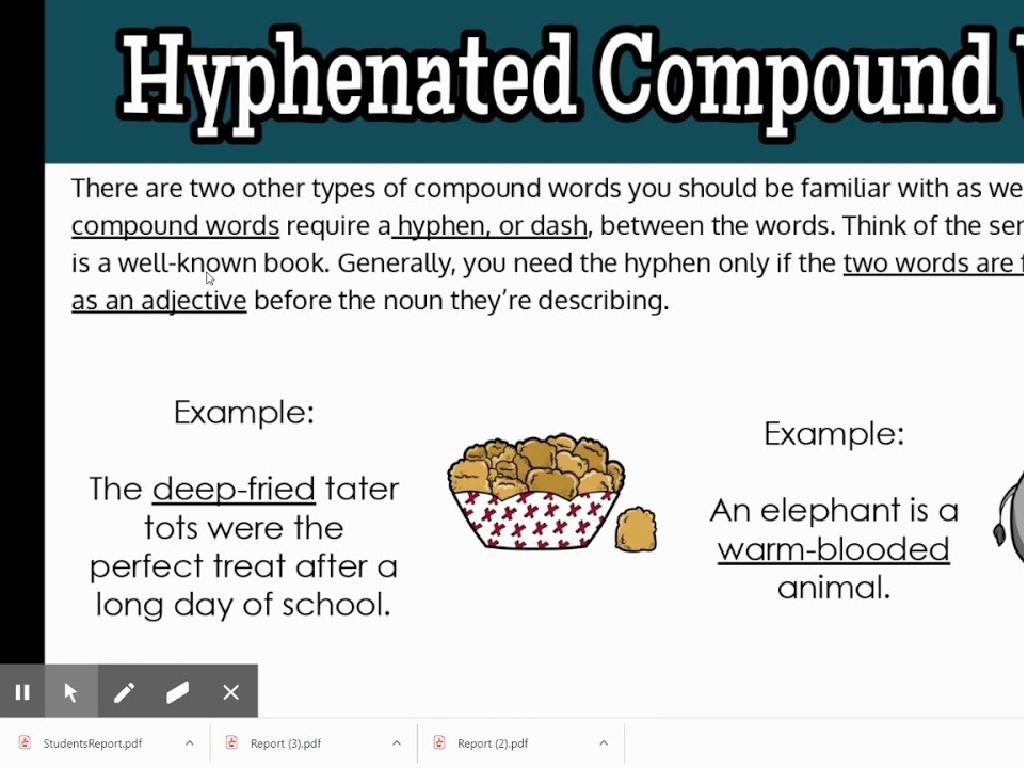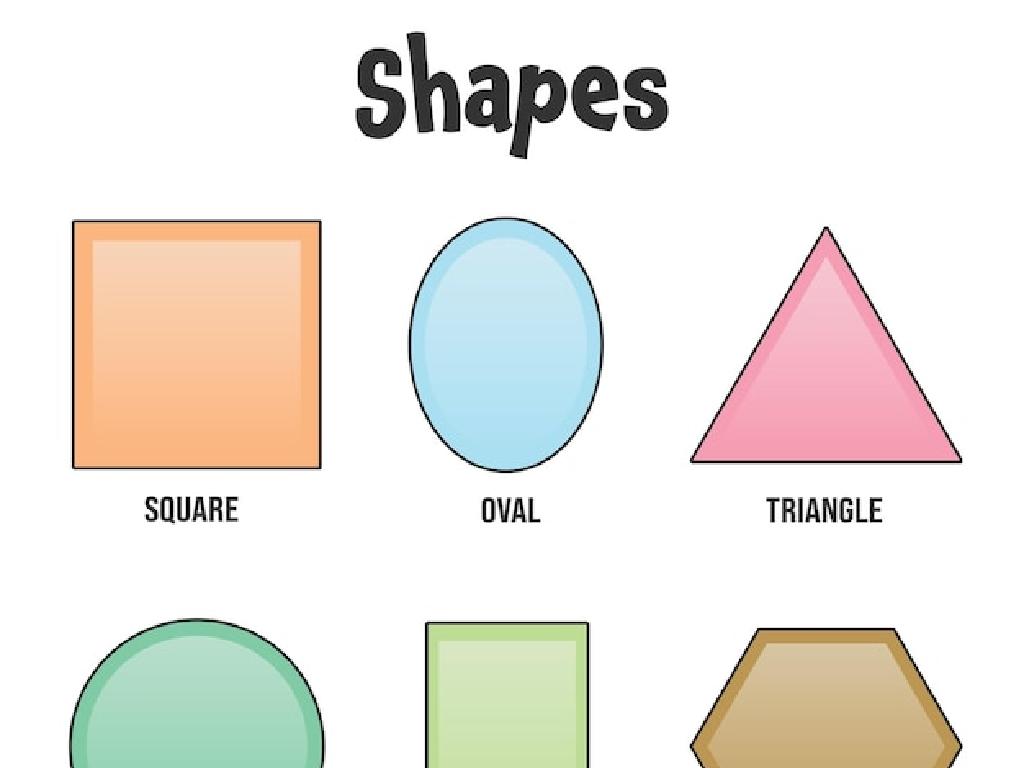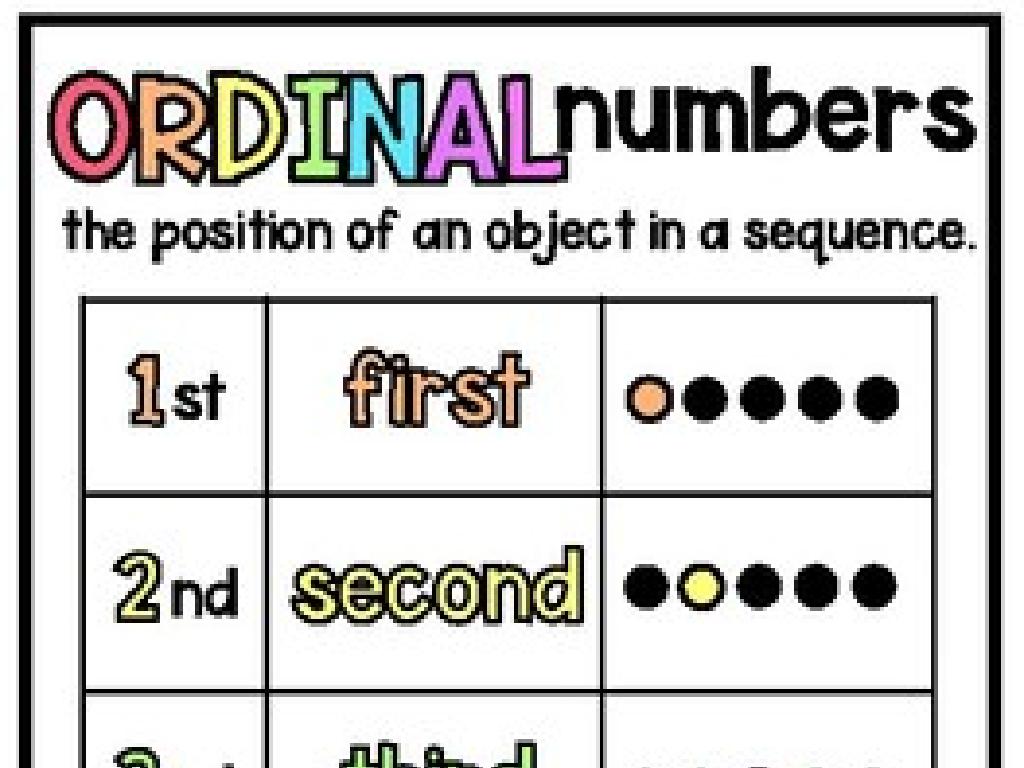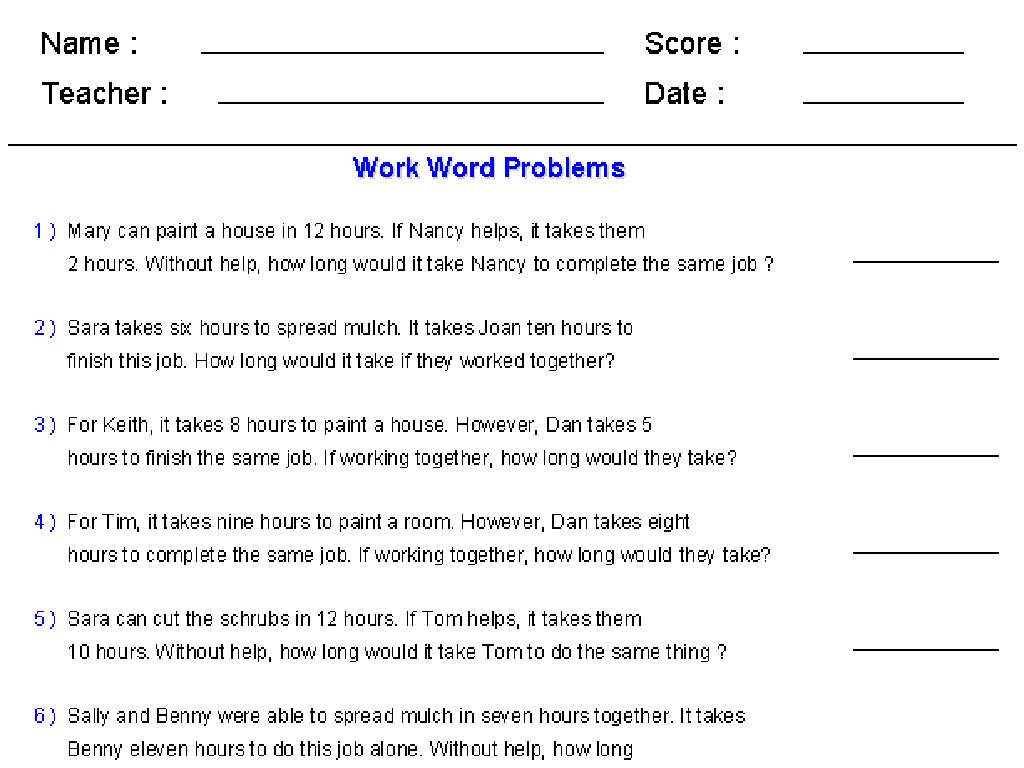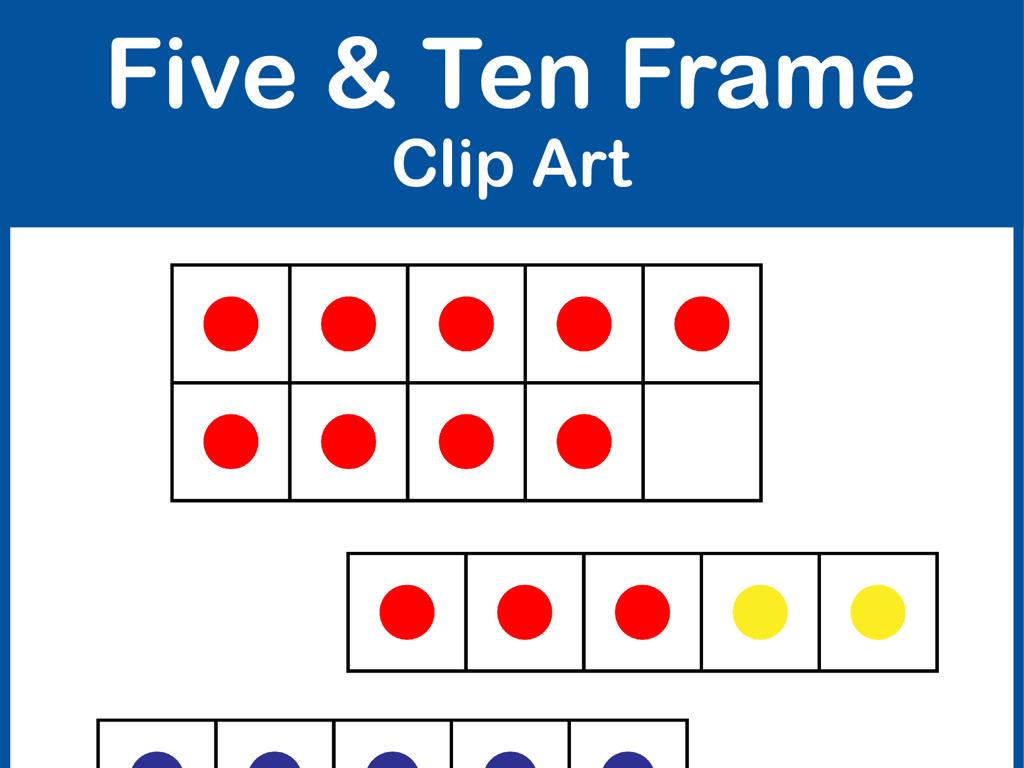Skip-Counting By Twos
Subject: Math
Grade: First grade
Topic: Skip-Counting
Please LOG IN to download the presentation. Access is available to registered users only.
View More Content
Welcome to Skip-Counting by Twos!
– Learn about skip-counting
– Skip-counting speeds up counting
– Skip-count by twos: what’s after 2?
– If we add 2 to 2, we get 4. That’s skip-counting by twos!
– Practice skip-counting together
– Let’s count together: 2, 4, 6, 8…
|
This slide introduces first graders to the concept of skip-counting by twos, which is a foundational skill for understanding even numbers and preparing for multiplication. Start by explaining what skip-counting is and how it can help us count things more quickly. Engage the class by asking what comes after 2 when we skip-count by twos to encourage participation. After revealing the answer, lead the class in a group activity where everyone practices skip-counting by twos together. Use visual aids like counting objects or a number line if available to reinforce the concept. The goal is for students to become comfortable with the pattern and recognize the sequence of even numbers.
Learning to Skip-Count by Twos
– What is skip-counting?
– Skipping numbers in a sequence
– Jump over numbers: 2, 4, 6…
– Instead of 1, 2, 3, we count 2, 4, 6…
– It’s like hopping and skipping steps
– Imagine hopping on one foot, skipping one step each time
– Practice with fun activities
|
This slide introduces the concept of skip-counting by twos, which is a fundamental skill in early math education. It’s important to explain that skip-counting is like jumping over numbers in a sequence, which helps with understanding patterns and prepares for multiplication. Use the analogy of hopping on one foot and skipping steps to make it relatable and fun. Encourage students to practice by counting aloud and using physical movements to reinforce the concept. Plan several engaging activities where students can practice skip-counting by twos, such as counting objects in pairs, using a number line, or playing counting games.
Skip-Counting by Twos
– Counting by twos: 2, 4, 6, 8, 10!
– Always add two to the last number
– Starting from 2, each time we say the next number, it’s 2 more than the last one.
– Use fingers to keep track
– Hold up a finger for each count of two to remember your place.
– Practice makes perfect
– Keep practicing with different starting numbers to get better.
|
This slide introduces the concept of skip-counting by twos, which is a fundamental skill in early math education. It’s important to demonstrate the pattern of adding two to the previous number and to encourage students to use their fingers as a physical and visual aid in counting. Practice is key, so suggest that students practice skip-counting starting from different numbers, not just from two. This will help them understand the concept of skip-counting in a broader sense and prepare them for more advanced arithmetic.
Let’s Practice Skip-Counting by Twos!
– Count objects by twos together
– Example: 6 apples counting by twos
– If we have 6 apples, we count: 2, 4, 6. That’s 3 steps!
– How many steps to count 6 apples?
– Walking in place counting by twos
– As we walk, we say: 2, 4, 6, 8… with each step we take.
|
This slide is an interactive class activity designed to help students practice skip-counting by twos. Start by showing students objects and count them together by twos to reinforce the concept. Use the example of 6 apples to demonstrate how many steps it takes to count by twos, which in this case is three steps (2, 4, 6). Then, engage the students in a physical activity where they count their steps by twos as they walk in place. This kinesthetic approach helps solidify their understanding of skip-counting. Prepare to guide them through the activity, correct any mistakes, and encourage them to keep a steady pace while counting.
Skip-Counting by Twos in Real Life
– Count days on a calendar
– Like counting every other day for events
– Count pairs of items
– Like two shoes, two gloves, or two socks
– When is skip-counting useful?
– Can you think of when you count by twos?
|
This slide aims to show students how skip-counting by twos is applicable in everyday life. Start by explaining how skip-counting can be used to count certain days on a calendar, such as weekends or every other day when an event occurs. Then, move on to counting pairs of items, which naturally come in twos, like shoes and gloves. Encourage the students to think of other examples where skip-counting by twos might be helpful, such as counting wheels on bicycles or legs on animals. This will help them understand the concept of skip-counting by twos and see its practicality. For the activity, students can bring pairs of items from home to practice skip-counting in a fun and interactive way.
Class Activity: Pair Up and Count by Twos!
– Team up with a classmate
– Receive a set of objects to count
– Count the items by twos together
– Start at 2 and add two each time, like 2, 4, 6, 8…
– Say the numbers out loud
– Practice helps memorize the sequence!
|
This activity is designed to help students practice skip-counting by twos in a fun and interactive way. By working in pairs, students can encourage each other and validate their counting. Provide each pair with a set of easily countable objects, such as blocks or stickers. As they count, ensure they vocalize the numbers to reinforce auditory learning. This exercise will not only help them understand the concept of skip-counting but also improve their ability to work cooperatively. Possible variations for different pairs could include counting different sets of objects, using a number line, or starting from different numbers to challenge advanced students.
Conclusion: Skip-Counting by Twos
– Celebrating our skip-counting
– Discussing the usefulness of skip-counting
– Helps in counting things faster, like pairs of shoes.
– Reviewing today’s skip-counting lesson
– We learned to count by twos: 2, 4, 6, 8, and so on.
– Encouraging questions and thoughts
– Any questions about today’s math adventure?
|
As we wrap up today’s lesson, it’s important to celebrate the students’ success in learning to skip-count by twos. Engage the class by asking them to reflect on why skip-counting is a useful skill, such as making counting quicker and easier, especially with even groups. Review the key points from today’s lesson, ensuring that the concept of adding two each time to get to the next number is clear. Encourage the students to ask questions or share their thoughts on what they’ve learned. This will help reinforce their understanding and give you insight into their grasp of the concept.
Homework Challenge: Counting by Twos
– Complete the skip-counting worksheet
– Count items at home by twos
– Pairs of shoes, socks, or toys
– Think of examples you can share
– Did you count steps, claps, or jumps?
– Get ready to tell the class
|
This homework is designed to reinforce the concept of skip-counting by twos, which we’ve learned in class. The worksheet provided will give students structured practice, while counting items at home encourages them to apply skip-counting in a real-world context. Encourage students to be creative in finding items to count by twos, such as pairs of shoes or clapping hands. Remind them to be prepared to discuss their counting adventures in class the next day. This will help them see the practical use of skip-counting and share their experiences with their peers, fostering a collaborative learning environment.

